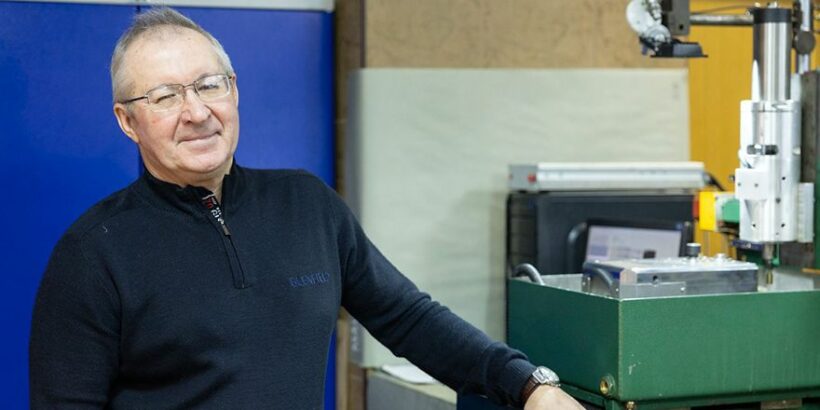The technology of three-dimensional metal printing, developed by scientists of the Moscow Aviation Institute (MAI), can radically change the modern engine building. Currently, the use of printed metal parts is limited by the problem of cleaning their internal cavities. The MAI has presented an experimental unit with an ultrasonic emitter that can effectively solve this problem.
Yuri Koziner, associate professor at the Department of Aircraft Engine Production Technology at MAI, emphasises that new structural materials and technologies are needed to create sixth-generation aircraft engines. 3D metal printing technology is one of the most promising technologies for engine building, as it allows to reduce the number of technological operations and create more complex structures.
However, when metal parts are printed, poorly sintered particles of the original powder can form inside them, which can clog channels and lead to operational failures. To solve this problem, scientists at the MAI conducted research and developed a method based on the use of ultrasonic vibrations.
In the course of the study, the scientists found that the imposition of directed ultrasonic vibrations on the technological medium – liquid pumped through the internal channels of the part, causes the phenomenon of cavitation in it, which in turn helps to clean the channels from weakly sintered particles.
Earlier, a unit with a similar principle of operation was created for cleaning parts made of ceramics and composite materials. It ensures safe machining of parts by applying ultrasonic vibrations to diamond cutters, reducing the dynamic effects on fragile workpieces during machining. Thus, machining is done safely for the workpiece.
This research will not only help to introduce new methods for cleaning the internal cavities of metal products from contaminants, but also to develop new materials and technologies for creating more efficient aircraft engines using parts made of ceramic materials. “This will make it possible to increase the temperature of processes in the hot part of the engine, increase thermal efficiency, simplify the parts cooling system, and in some cases abandon it,” says Yuri Koziner.


